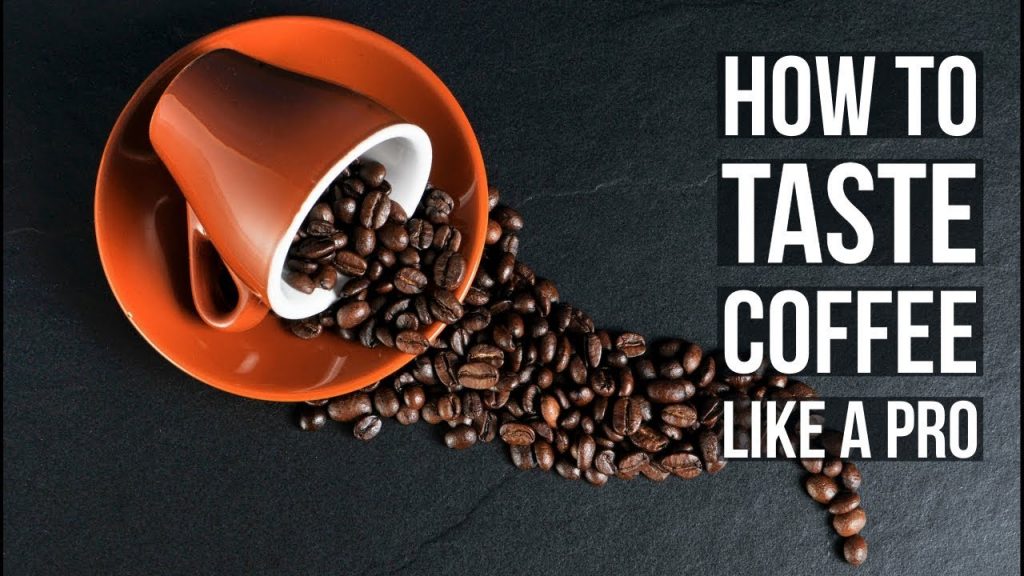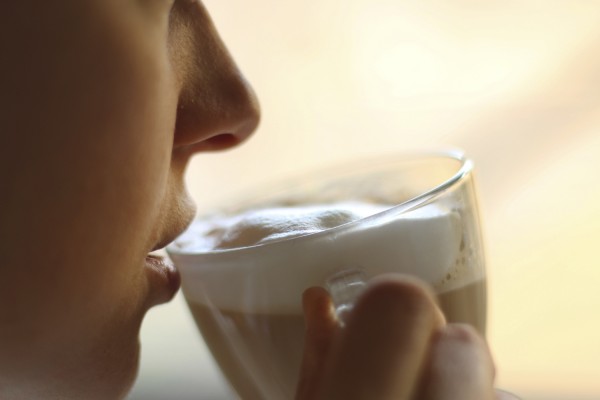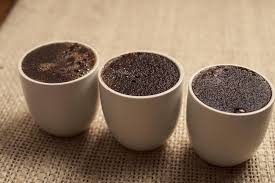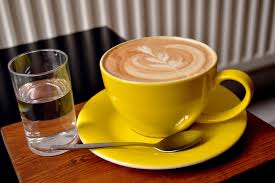January 12, 2020
Taste Coffee Like A Pro

If you head over to any half-decent coffee shop and order up an elegant espresso drink, you’ll wind up costs approximately $50/pound for the actual amount coffee that’s utilized. In our minds, if you’re going to pony up big for great coffee, at least on a per-pound basis, ensure that investing is ALL about getting the best beans possible.
The nose understands … Over the past couple of years, we’ve featured a couple of coffees that are truly stand out, consisting of an extremely uncommon Panama Gesha, $100/pound coffee of which we literally bought a full 25% of the world supply! In fact, among my fondest memories from our first year in the company was discovering myself going through downtown Seattle, having actually simply picked up 25 pounds of a similar(or pricey) roast, attempting to prevent a parking ticket; about a block in, I quickly did the math and understood that I was running with 3 bags of coffee worth over $1500, and I might so quickly see myself tripping and spilling all of it on the sidewalk. So, yes, I instantly slowed to an anxious walk!
We’re often asked by clients how they ought to think about delighting in super unusual, unique, expensive or otherwise standout coffees, and the response is pretty basic: utilize the very same method for tasting any coffee you appreciate. Here’s a quick primer on how to open your taste buds, broaden your taste buds, and start to actually appreciate the thrills of fresh tasting coffee.
- Brew Method Likely Doesn’t Matter
For experts, coffee tasting is a well-specified technical procedure called cupping. We avoid this, and so should you, unless you’re planning on ending up being a coffee bean grader or coffee roaster. Not only is it a ton of overhead, but it can be frustrating to taste so much of the raw taste of the beans (the benefit of the cupping technique). Worse, it’s just not a terrific way to enjoy your coffee!
If you’re a perfectionist, do a pour over. We almost always brew in this manner in the Beanery, and it can be an affordable, low-tech, simple way to draw out the best flavors in the coffee. If you’re brand-new to pourovers, take a look at our detailed guide to making pour over coffee.
Or, if you’re truly wed to some other technique like an aeropress or French press, stay with that technique. We constantly state that the brew technique is secondary when you consider the real effect of a) clean water, b) fresh beans, and c) a constant grind on a great cup of coffee.
Fun with tasting.

- Include Your Nose
Taste isn’t practically your tongue. The perception of flavor is the outcome of our body’s chemosensation system, in which olfactory and gustatory (smell and taste) inputs converge. You’ll immediately engage your sense of odor when you consume, but we recommend specially stopping briefly to “smell the roses” at a few particular moments:
Smell the entire beans
Smell once again post grind
If you’re doing a pour over, inhale the bloom (first wetting of the grounds).
Prior to your very first sip, tilt your cup over the bridge of your nose and breathe in.
All of these will smell slightly differently, however they’ll heat up your brain to get a much fuller set of feelings from the coffee.

- Evaluate Your Sips.
There are a couple of agreed-upon ways to search for what’s going on in your cup of coffee. Although there are approximately double the variety of taste-influencing substances in coffee as in wine, determining flavor does not need any kind of special license! Just try to find the following: .
Sweet taste. Can you view a specific type of sweet tastes, such as brown sugar, molasses, honey, or caramel?
Acidity. Also called “brightness”, search for tasts like citrus, blueberry, lemon, strawberry, or perhaps tastes like watermelon and tomato. Keep in mind that acidity isn’t the same as acidic, which is a procedure of pH, and not a concern of taste.
Body. While brew technique often bears on the weight of the coffee in your mouth, various beans and roast profiles absolutely feel in a different way in the mouth. Does the coffee feel rich and heavy, light, watery, smooth?
Tidiness. A really under-appreciated element of taste is what occurs after you swallow. Extreme coffees can remain, frequently with a particular taste (which can be acidic, bitter, smokey, etc.), while cleaner coffees leave your taste buds sensation neutral. The latter is a valued aspect of great coffee and can frequently be straight influenced by the roasting method.
In the end, taste is extremely individual, however by starting to consider what you’re drinking, it must help you get a better feel for the quality, and point you in the ideal direction for what you enjoy. Bear in mind that this can alter over time! I used to go nuts for fruit-forward Ethiopian and Kenyan roasts, however have actually because becoming a sucker for any medium roast with caramel notes.

- The Signature of a Great Cup.
When we evaluate the quality of a roast, there are a few things we look for, specifically in coffees that are unusual, exotic, or just plan expensive.
Exists a complex layering of flavor? Are there tasting notes that play well with one another in harmony? Consider the complementary interaction in between baker’s chocolate and caramel, versus an earthy background with odd hints of citrus, as two counter examples.
What’s the timing of the tastes? In my experience, terrific coffees often have a sequence of two or 3 sets of tastes. One note coffee can be delicious, however really fantastic coffees, like excellent stories, will typically have an engaging start, middle and end.
For me personally, the single greatest marker of a great coffee is what occurs to the taste gradually, as temperature level changes. Great coffees inevitably get increasingly more interesting– and yummy– as they cool. If you lose a couple of degrees and begin to taste bitter, you’re not in a good place. In fact, individuals typically shy away from cold coffee for two reasons, both appropriate for consuming stale or bad coffee: when a beverage is very hot, our palate actually can’t taste as much (this hides problems like tar, bitter, or sour tastes), and as it cools, the tastes get ever less attractive.